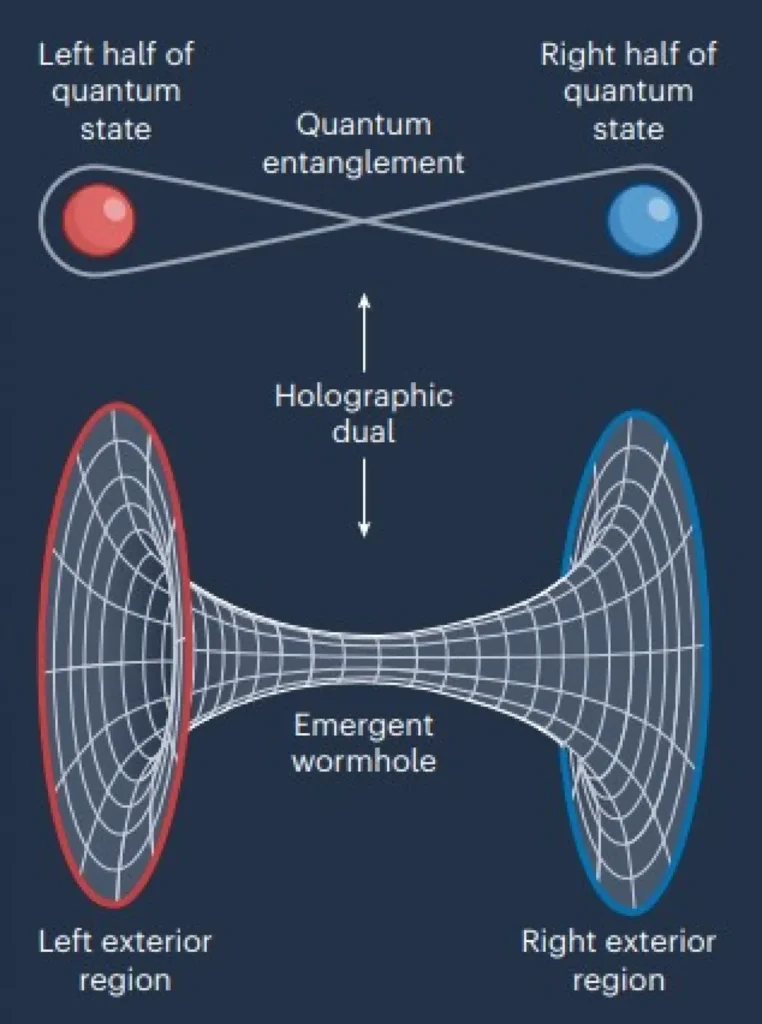Jonathan Whittle, a researcher from the University of Cambridge, has delved into the intriguing world of holographic entanglement entropy, a concept that bridges the realms of quantum physics and gravity. His work, published in the Journal of High Energy Physics, explores the behavior of entanglement entropy in specific theoretical scenarios, offering insights that could have implications for our understanding of energy and information in the universe.
Entanglement entropy is a measure of the quantum correlations between parts of a system. In this study, Whittle investigates this concept using the Ryu-Takayanagi prescription, a tool from the field of holography, which posits a relationship between certain gravitational calculations and quantum entanglement. The research focuses on 10-dimensional Type IIB supergravity solutions, which are mathematical representations of spacetime that correspond to specific quantum theories. These theories are 4-dimensional at low energy but expand to 5-dimensional conformal field theories (CFTs) at high energy, a phenomenon known as decompactification.
Whittle examines two types of entangling regions: slab-shaped and ball-shaped. He finds that the entanglement entropy in these scenarios exhibits phase transition behavior, meaning it changes abruptly at certain points, much like water turning into ice at a specific temperature. This behavior is studied using proposed c-functions, which are mathematical constructs designed to capture the essence of the entanglement entropy and its evolution.
The study compares these c-functions with another proposed measure, the flow central charge, which is a quantity that characterizes the behavior of a quantum theory as it flows from high to low energy. Whittle finds that both the c-functions and the flow central charge reflect important features of the dual theory, both in the ultraviolet (UV) high-energy regime and the infrared (IR) low-energy regime.
While this research is highly theoretical and abstract, it contributes to our fundamental understanding of the relationship between quantum mechanics and gravity. In the energy sector, such insights could potentially lead to advancements in quantum technologies, including quantum computing and secure communication. Moreover, a deeper understanding of entanglement and information in quantum systems could have implications for energy storage and transfer, as well as the development of new materials with unique properties. However, these practical applications are still far on the horizon, and much more research will be needed to bridge the gap between theory and technology.
This article is based on research available at arXiv.

